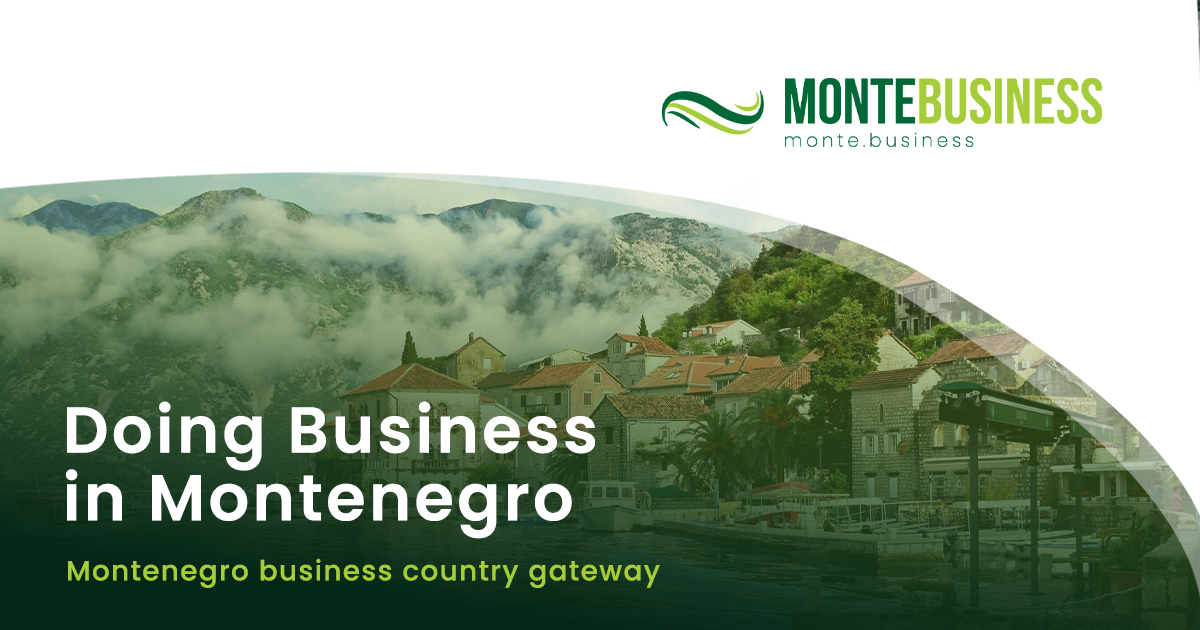The ski season, which experienced not a single snowy day, resulted in a failure and significant losses for entrepreneurs who were gearing up for it. At a session of the Tourism and Hospitality Association Committee of the Chamber of Commerce of Montenegro, held to discuss preparation for the upcoming summer season, a request was made to the Government for assistance in mitigating the consequences of the poor ski season and to aid in the adequate preparation for the next one.
Additionally, the Committee addressed Montenegro’s air accessibility and shared information on tourism business operations during 2023.
The session, chaired by Deputy Chairman Luka Bulatović and supported by Secretary Sanja Marković, was attended by committee members, Vice President of the Chamber of Commerce Dragan Kujović, State Secretary of the Ministry of Spatial Planning, Urbanism, and State Property Majda Adžović, State Secretary of the Ministry of Tourism, Ecology, Sustainable Development, and Northern Development Vuk Žižić, Director of the National Tourist Organization Dr. Ana Tripković Marković, representatives from the Ministry of Transport and Maritime Affairs, Montenegro Airports, Tourism Organization of Montenegro, National Parks of Montenegro, Inspectorate Directorate, and local tourist organizations.
Ski Season
Chairman Luka Bulatović highlighted that the successful summer season of the previous year had contributed to the ongoing recovery of tourism in Montenegro. In 2023, there were 2,613,306 tourist arrivals, marking a 20% increase over 2022 and only 1% less compared to 2019. This resulted in a 32% increase in overnight stays compared to 2022 or 13% more than in 2019. Total tourism revenues for 2023, according to data from the Central Bank of Montenegro, amounted to 1.515 billion euros, representing a 44% increase over 2022 and a 38% increase over 2019. These revenues were generated through price increases due to inflation. Hotel occupancy rates ranged from 26.3% in November to 78.9% in August, indicating high seasonality and the presence of a mass summer tourism model in Montenegro with higher prices but slightly lower profits due to increased operating costs. Investments were challenging due to higher interest rates, and there was significant short- and medium-term uncertainty.
Analyzing the overall indicators for the realization of the winter season 2023/2024, it’s crucial to note the large number of guests who visited coastal areas during the New Year’s and Christmas holidays. While Budva was the most visited, other coastal cities also experienced excellent attendance and longer guest stays compared to the previous year. However, the winter tourist season in ski resorts practically did not exist this year, leading to significant damages for ski resorts and the tourist industry due to the absence of snowfall.
Notably, there wasn’t a single day for skiing at the ski resorts, an unprecedented occurrence. Large investments made in preparing for the winter season that never materialized now jeopardize the current operation of ski resorts. Additionally, the preparation of the summer season in northern Montenegro is also in question, with entrepreneurs finding it challenging to finance from their own income, Bulatović noted.
State Secretary Vuk Žižić emphasized in his introductory address that good preparation and timely activities can create conditions for the smooth operation of seasons and satisfactory results. The Ministry responsible for tourism has been coordinating the preparation and submission of the Summer Season Preparation Plan to the Government for adoption for many years, he stated.
The intention is for institutions and companies at the state and local levels to recognize their role in forming a conducive business environment, resulting in increased traffic and better financial outcomes for tourism overall, Žižić highlighted.
He mentioned ongoing communication with all stakeholders involved and the finalization of the Plan, which will be submitted to the Government for adoption by the end of March. The Plan will outline activities to be implemented before and during the season itself, contributing to its smooth operation and ultimately affecting tourist satisfaction.
Žižić stressed that based on inputs from relevant institutions and companies, numerous activities related to infrastructure works, diversification of tourist offerings, better destination accessibility – especially air accessibility, employment challenges, and promotion of the destination to tourists, have been planned.
The realization of activities and the smooth operation of the season remain the focus of the Coordination Body for the Preparation and Monitoring of Tourism Season Development, with continuous meetings planned, he added.








